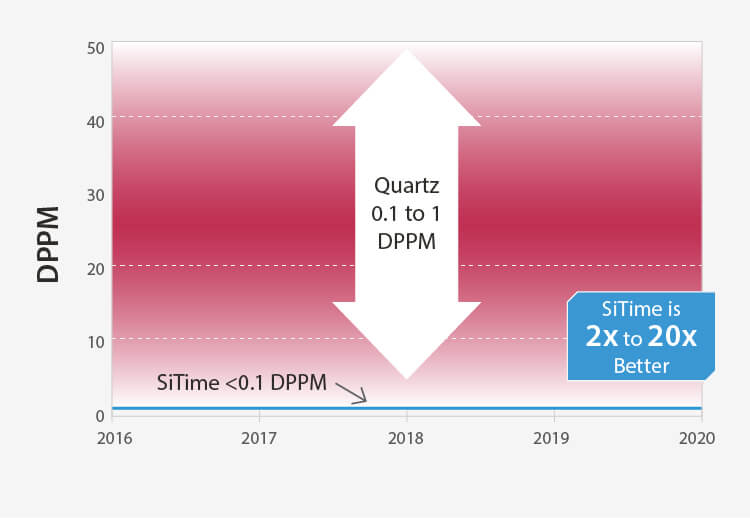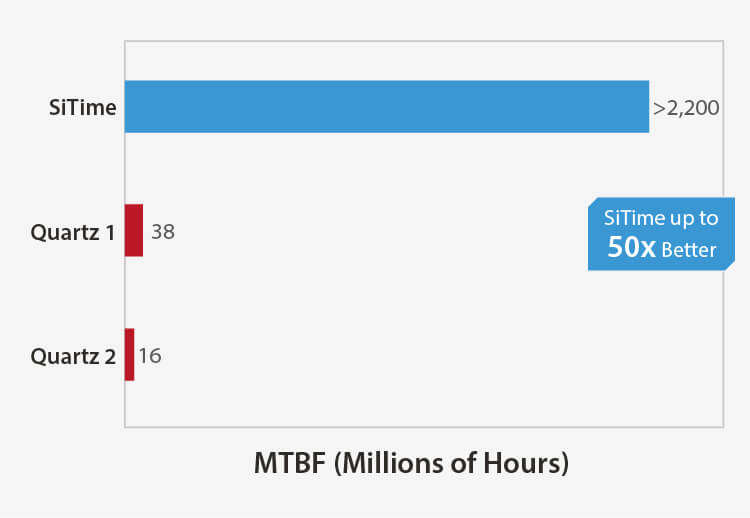Synchronizing multiple FPD-Links with a SiTime clock generator
When multiple cameras (e.g., front left, front center, and front right of a vehicle) are synchronized, their frames are aligned. This reduces the need for a RAM buffer on the ADAS computer side, otherwise needed to re-align mismatched video frames.
Having all clocks at the same frequency and phase is a prerequisite for synchronizing multiple links. This is best achieved with a clock generator – see Fig. 3. SiTime automotive clock generators feature an integrated, high-reliability MEMS resonator. Multiple configurable output frequencies enable FPD-Links with different frequencies. The typical use case is multiple cameras having different resolutions. Advanced features for ADAS applications are available too. Please contact SiTime for information on the detailed feature set and product availability.
Figure 3. Multiple synchronous FPD-Links




